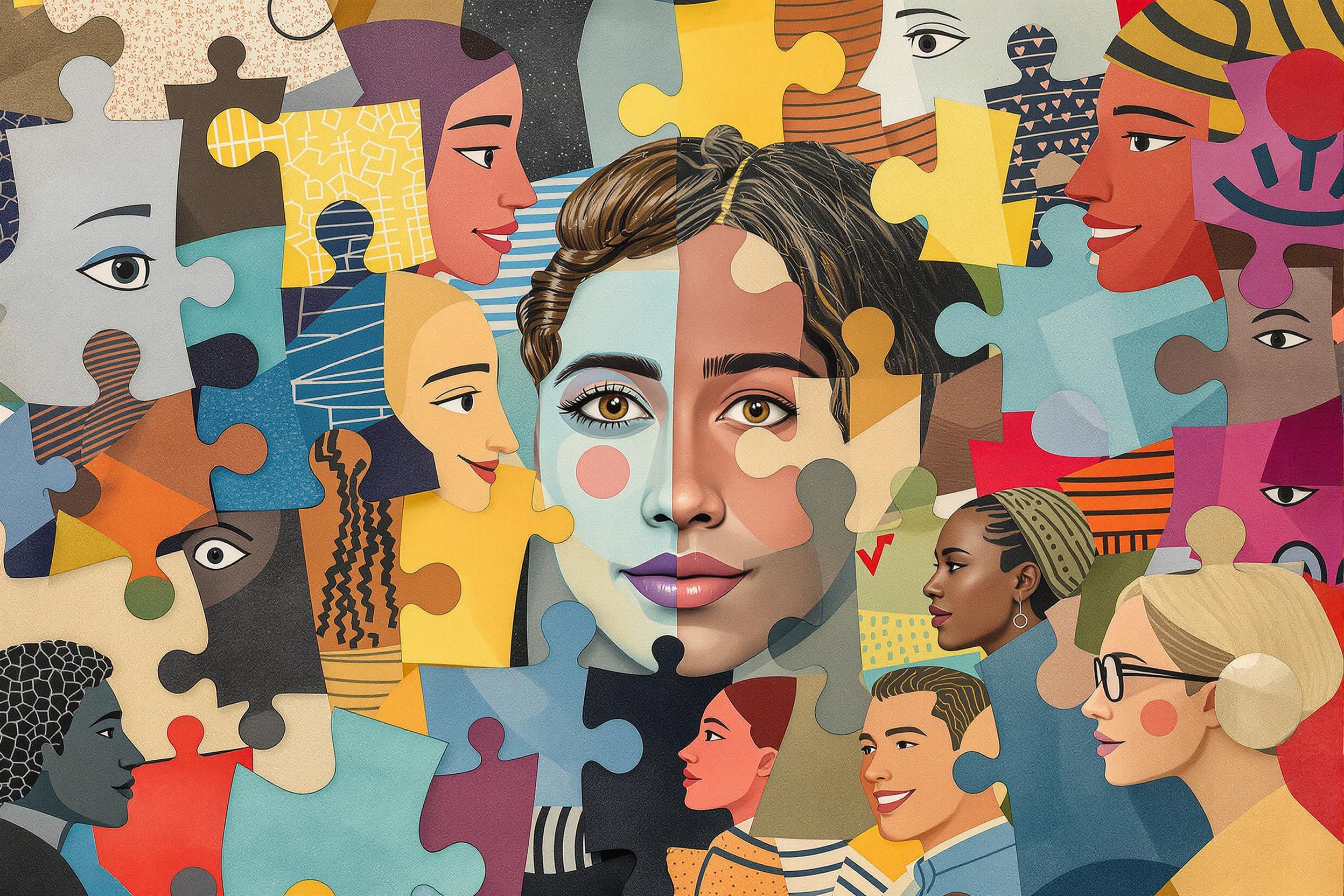
Color Matching
Color Matching is a vital skill in manuscript restoration where specialists carefully analyze and recreate the exact colors found in historical documents and artwork. It's like being a detective who can identify original colors and mix new materials to match them perfectly, ensuring restored areas blend seamlessly with the original work. This process is essential when fixing damaged sections of valuable documents, paintings, or manuscripts where any visible difference between the original and restored areas would reduce the piece's historical and monetary value.
Examples in Resumes
Successfully performed Color Matching on 15th-century illuminated manuscripts
Led Color Matching and pigment analysis projects for medieval document restoration
Developed new Color Matching techniques for water-damaged historical documents
Applied precise Color Matching and Pigment Matching methods in manuscript conservation
Typical job title: "Conservation Color Specialists"
Also try searching for:
Where to Find Conservation Color Specialists
Professional Organizations
Online Resources
Job Boards
Example Interview Questions
Senior Level Questions
Q: How would you approach color matching for a severely faded manuscript where the original colors are barely visible?
Expected Answer: A senior specialist should discuss using scientific analysis methods, historical research of similar documents from the same period, and their experience with typical pigments used in that era. They should also mention documentation procedures and reversibility of their work.
Q: What factors do you consider when creating a color matching strategy for an important historical document?
Expected Answer: Should explain considerations like environmental conditions, light exposure, material aging, original pigment composition, and the importance of thorough documentation. Should also discuss working with curators and other specialists.
Mid Level Questions
Q: What methods do you use to document color matching processes?
Expected Answer: Should describe photography techniques, color measurement tools, detailed note-taking, and maintaining records of materials used. Should mention the importance of before and after documentation.
Q: How do you determine if a color match is acceptable?
Expected Answer: Should discuss viewing under different light conditions, getting approval from senior conservators, using color measurement tools, and understanding acceptable tolerance levels for color differences.
Junior Level Questions
Q: What basic tools do you use for color matching?
Expected Answer: Should be able to discuss basic color mixing principles, common tools like color wheels, digital color meters, and standard documentation methods.
Q: How do you approach matching a simple color sample?
Expected Answer: Should explain basic steps of analyzing the original color, selecting appropriate materials, testing in small areas, and documenting the process.
Experience Level Indicators
Junior (0-2 years)
- Basic color theory understanding
- Simple color mixing techniques
- Documentation of restoration work
- Use of basic conservation tools
Mid (2-5 years)
- Advanced pigment knowledge
- Historical color analysis
- Independent project handling
- Color measurement tool expertise
Senior (5+ years)
- Complex restoration planning
- Team supervision
- Training and mentoring
- Research and publication contribution
Red Flags to Watch For
- No formal conservation training or education
- Lack of knowledge about historical pigments
- Poor documentation practices
- No understanding of conservation ethics
- Unfamiliarity with proper handling of historical materials
Related Terms
Need more hiring wisdom? Check these out...

Culture Add vs Culture Fit in Hiring: Why It May Be Time to Rethink Your Approach

Cracking the Code: How to Source Talent in APAC and EMEA with Cultural Sensitivity

Automated Scorecards in ATS Systems: Your Secret Weapon for Smarter Hiring Decisions

